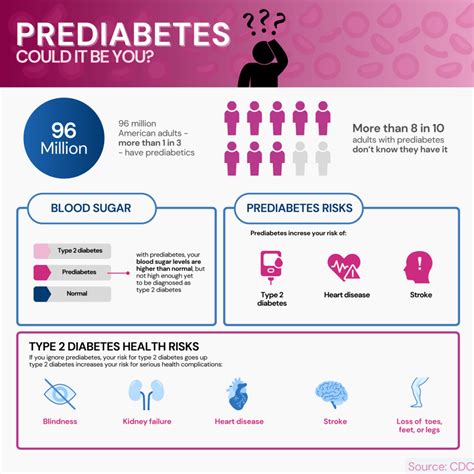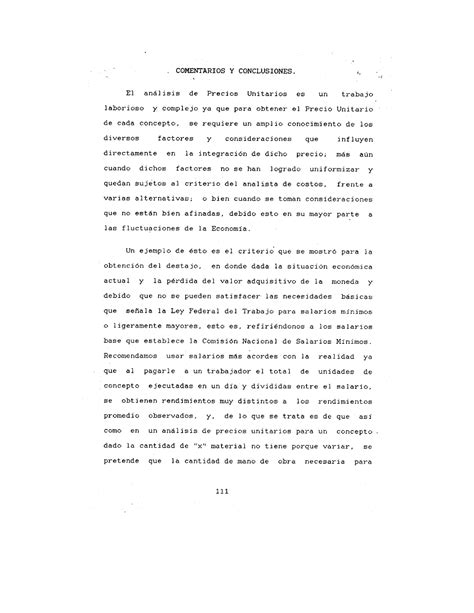Intro
Discover 5 ways to manage prediabetes, a precursor to type 2 diabetes, through lifestyle changes, dietary tweaks, and natural remedies, helping to prevent insulin resistance and promote blood sugar control.
Prediabetes is a condition where blood sugar levels are higher than normal, but not high enough to be classified as diabetes. It's a warning sign that you're at risk of developing type 2 diabetes, and it's essential to take action to prevent or delay the onset of the disease. Prediabetes can be a silent condition, and many people don't even know they have it. However, with the right lifestyle changes and interventions, it's possible to reverse prediabetes and prevent the development of type 2 diabetes.
The importance of addressing prediabetes cannot be overstated. According to the Centers for Disease Control and Prevention (CDC), over 88 million adults in the United States have prediabetes, and more than 80% of them don't know they have it. Prediabetes can increase the risk of heart disease, stroke, and kidney disease, making it crucial to take action to prevent or delay the onset of type 2 diabetes. In this article, we'll explore five ways to manage prediabetes and reduce the risk of developing type 2 diabetes.
Understanding Prediabetes

Risk Factors for Prediabetes
There are several risk factors that increase the likelihood of developing prediabetes. These include: * Obesity or being overweight * Physical inactivity * Family history of diabetes * Age (45 or older) * History of gestational diabetes or delivering a baby over 4 kg * Polycystic ovary syndrome (PCOS) * Sleep apnea * Certain ethnicities, such as African American, Hispanic/Latino, American Indian, or Asian AmericanLifestyle Changes to Manage Prediabetes

Healthy Eating Tips
Eating a healthy diet is essential to managing prediabetes. Here are some healthy eating tips: * Focus on whole, unprocessed foods * Choose lean protein sources, such as poultry, fish, and legumes * Include healthy fats, such as avocado, nuts, and seeds * Limit sugary drinks and refined carbohydrates * Drink plenty of waterMonitoring Blood Sugar Levels

Medications for Prediabetes
In some cases, medications may be prescribed to help manage prediabetes. These medications can help improve insulin sensitivity and reduce blood sugar levels. However, lifestyle changes should always be the first line of treatment.Alternative Therapies for Prediabetes

Herbal Supplements for Prediabetes
Some herbal supplements, such as berberine and chromium, may help improve insulin sensitivity and reduce blood sugar levels. However, it's essential to talk to a healthcare provider before using any herbal supplements.Conclusion and Next Steps

Now that you've read this article, we encourage you to take action to manage prediabetes. Share this article with friends and family, and consider commenting below with your thoughts and questions. Remember, managing prediabetes is a journey, and it's essential to take it one step at a time.
What is prediabetes?
+Prediabetes is a condition where blood sugar levels are higher than normal, but not high enough to be classified as diabetes.
What are the risk factors for prediabetes?
+Risk factors for prediabetes include obesity, physical inactivity, family history of diabetes, age, and certain ethnicities.
How can I manage prediabetes?
+Managing prediabetes requires a comprehensive approach that includes lifestyle changes, monitoring blood sugar levels, and alternative therapies.
